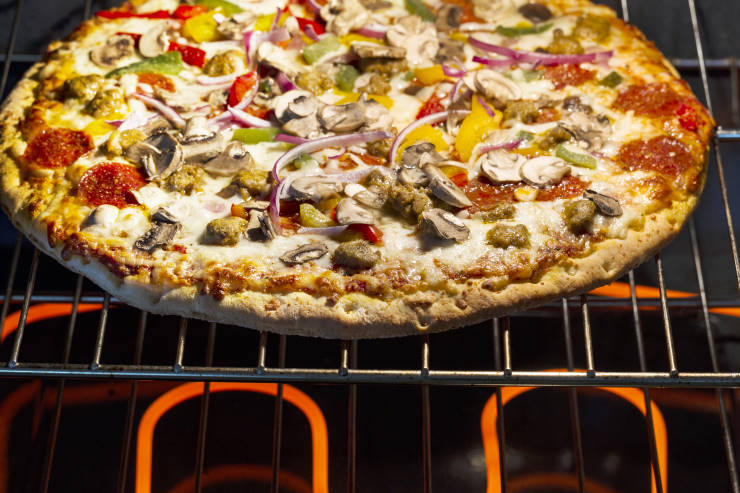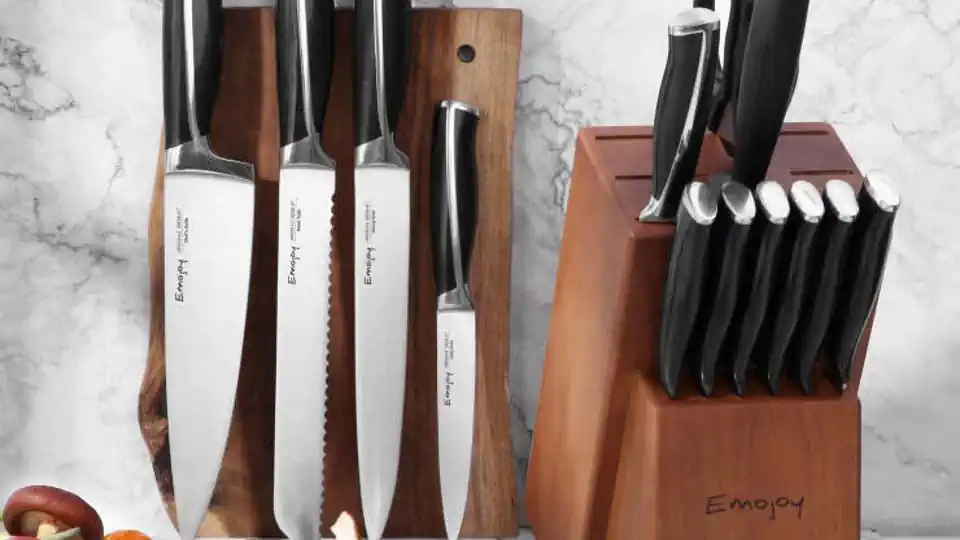Introduction
An oven is an essential part of everyone’s kitchen. But before you go out and buy one, you need to know about the types and details. Purchasing an oven that suits your personal needs and necessities is essential. When you research your options on the market, you’ll see tons of different oven types categorized by energy source, size, and cooking methods.
The term conventional oven has probably come up in conversation at some point. It may sound sophisticated, unique, or technical. If you are wondering about what is a conventional oven, don’t worry. It’s just the regular oven that our mothers use. The conventional oven is the most well-known variety.
A standard or radiant oven is another name for a conventional oven. It’s the most traditional one. Most often, you may find these in residential and commercial kitchens. Radiant heat from the inside walls and heating elements is used for cooking food in a standard oven.
What Is a Conventional Oven?

An enclosed air chamber in a traditional oven is heated using a heat source (gas flames, electric heating components, burning wood, etc.). The cook places the meal in the chamber so that the hot air may heat it. This is referred to as roasting or baking.
Traditional ovens are frequently constructed of materials, especially metal or stone, which absorb heat from the source, keep the air heated for cooking, or convey the heat directly to the food. Food put close to the heat source may also be able to get direct heat from conventional ovens. It’s known as broiling.
A top oven or bottom broiler drawer broiler is a source of direct radiant heat. It is a coil mounted to the top of an electric oven. A gas oven is either a burner on top of the oven or a drawer that glides in and out from underneath. Broiling is always done using top-down, direct radiant heat.
It’s similar to grilling on the upside-down since broiling uses radiant heat from above to cook food. For thinner, leaner kinds of meat like butterflied chicken breasts, pork tenderloin medallions, strip steaks, kebabs, and vegetables, broiling is a wonderful technique. A baked or roasted item can also gain color, crispness, and flavor by being broiled.

Similar to grilling, broiling involves cooking something on one side only with direct, hot, radiant heat. To make sure the meal isn’t burning, you must stand around. You receive a tasty crust. The heat is applied from the top for broiling, which is a significant distinction. Broiling makes a lot of sense when you approach it from the standpoint that it’s similar to grilling, and it may become your new kitchen skill – especially in the dead of winter when you don’t want to go outside.
When you bake, hot air is everywhere around the food you are cooking. Heat can come from the top and bottom as well as only the bottom. Since the meal is not directly in contact with the heat source while baking, it uses the least amount of heat. Cakes, cookies, and bread are all baked; thus, we refer to them as baked goods when using the most general term to describe them.
In contrast to baking, broiling uses a more direct source of heat that only touches the food’s top. To ensure that the meal is near the heat source when broiling, we move the oven rack to one of the top two positions. There are two heat settings for the broiler: low and high. While baking can be done without your supervision, broiling needs your constant attention to produce a pleasant result. The broiling system works the same way if you wonder what a conventional oven is and how it helps the cooks.
How Does a Conventional Oven Work?

These types of ovens function by transferring heat from a steady, fixed source, typically a burner element or gas flame inside the oven housing, from the bottom up. The principle of baking is the same whether using gas or electricity. Heat rises and cooks food from below. Additionally, there is a broil option. You also need to know what a conventional oven is to understand how the broiling method works.
You would place the dish a few inches under the broiler to help the cheese melt, and the overhead heat ensures that the cheese is melty and gooey, just the way you like it. You may simultaneously utilize the top and bottom features of many contemporary electric conventional ovens. A heated, irregular cloud of air surrounds the food when you are using a conventional oven.
Advantages and Disadvantages of a Conventional Oven
Oven hotspots and uneven cooking are the two most frequent issues with traditional ovens. Food can be both overcooked and undercooked at the same time in a weird way.The majority of recipes presume you’re using a standard conventional oven. Making temperature and cooking time modifications for your favorite recipes is an added step if you use a different variant. If you don’t make such adjustments, you can get cakes that are too mushy, burnt cookies, or underdone bread.
You might frequently see the term rotating the tray in the middle of the baking process. It is another implication that the recipe assumes you are using a traditional conventional oven. Since you cannot control the heat distribution and do not have a convection system, you need to manually even out the deal by rotating the tray.
Comparison Between Conventional and Convectional Ovens

Convection ovens come in various configurations, including standalone, toaster, microwave, and conventional ovens. Convection mode is frequently identified by a dial set with a fan icon when it is included in conventional ovens. The significant distinction from conventional cooking is that the convection fan circulates hot air, ensuring heat is applied to the meal from all sides.
Convection has the advantage of cooking food more thoroughly and quickly. For example, convection makes baked potato wedges crispier and more uniformly cooked. In convection cooking, a chicken roasts much more rapidly and develops crispier skin, similar to a rotisserie grill. Convection cooking allows you to cook multiple dishes simultaneously since the heat is distributed.
Compared to a conventional oven, convection ovens are made to cook food more consistently. Although the heating components in a conventional oven are placed as evenly as possible, some regions will still be heated more than others due to the form of your food and the oven’s interior.
But pies and similar recipes are made to bake from the bottom up, so if you’re making one, the top can overcook. Convection ovens are challenging for bakers, especially for bread, which frequently won’t rise as it does in bottom-up heat because the convection fan quickly forms a crust and kills the rise. However, this problem is easily resolved if you can disable the convection fan and cook at traditional fixed heat.
The ideal option is a convection oven that allows the fan to be disabled in favor of traditional bottom-up heat that doesn’t circulate. It will cook appropriately if you do this, whether you’re making cookies or a loaf of bread. On the other hand, convection means you can cook all of the dishes well without rotating them every few minutes when you’re attempting to fit four different dishes into the oven. They’ll also cook faster.
However, using convection requires two adjustments. First, you must be aware that most recipes won’t have precise cooking times if you use the faster convection mode. Second, you must use low-rise cookware to ensure more of the cooking surface is in contact with the fanned air.
Conclusion

When you research what a conventional oven is, you might not get many results. This type of oven is mainly called the regular or traditional oven. Most recipes you’ll find online are designed for people who use a conventional oven. So if you have a convection oven, we suggest you turn off the fan before you start cooking or arrange the time accordingly.
Also, it is suggested to rotate the tray in the middle of cooking to get evenly cooked results. The main reason is that the heat only comes from the top or bottom (or both), but there is no convection. So the heat inside the oven does not get distributed evenly.


